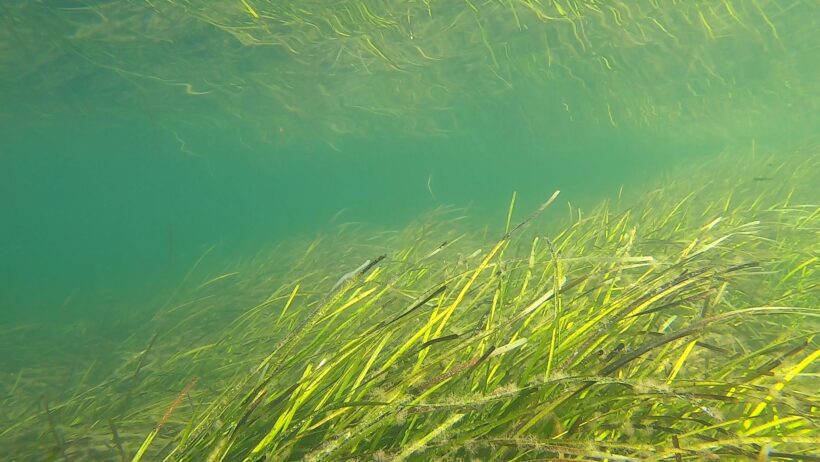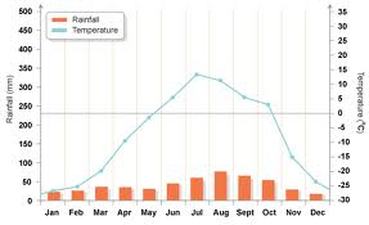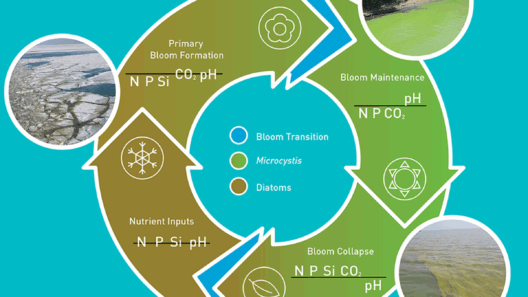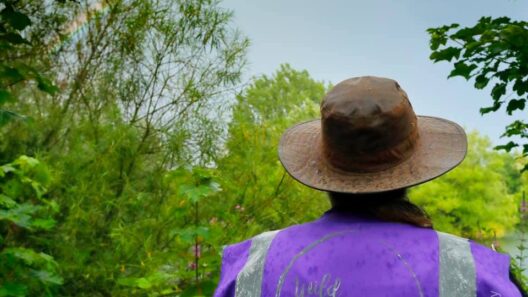The phenomenon of climate change poses an existential threat to ecosystems and livelihoods worldwide. While the combating measures have predominantly focused on terrestrial solutions, a critical player in the mitigation arena is often overlooked: the ocean. The ocean not only plays an essential role in regulating the Earth’s climate, but it also harbors vast carbon reserves that are crucial in the fight against global warming. This article delves into various dimensions of how the ocean can combat climate change, with a spotlight on blue carbon ecosystems and their transformative potential.
Understanding Blue Carbon
Blue carbon refers to the carbon captured and stored by coastal and marine ecosystems, namely mangroves, salt marshes, and seagrasses. These habitats sequester carbon dioxide from the atmosphere at rates significantly higher than terrestrial forests. Their ability to absorb and store carbon is facilitated by sedimentation and the unique biological processes present in these environments. The expansive root systems of mangroves, for instance, not only anchor the plants but also trap organic material and promote the accumulation of carbon-rich sediments, leading to long-term carbon storage.
As the world grapples with the urgency of reducing greenhouse gas emissions, protecting and restoring these blue carbon ecosystems emerges as an imperative strategy. It has been estimated that these habitats can sequester as much as 6.5 gigatons of carbon annually, making them a crucial line of defense against climate change.
Mangroves: Guardians of the Shoreline
Mangroves are a predominant component of coastal ecosystems. They thrive in intertidal zones and exhibit exceptional resilience to climate-induced events like rising sea levels and increased salinity. Beyond their carbon sequestration capabilities, mangroves serve a multitude of functions. They act as natural barriers against storm surges, thereby reducing coastal erosion and safeguarding coastal communities. Their complex root systems provide habitat for diverse marine life, contributing to the overall vibrancy of marine ecosystems.
Furthermore, mangroves play a role in nutrient cycling. They trap sediment and, through their decay processes, enrich the surrounding waters, benefiting both fish populations and local fisheries. Protecting mangrove forests, therefore, is not only a climate change mitigation strategy but also a means to ensure the sustainability of fisheries and coastal livelihoods.
Salt Marshes: Enhancing Biodiversity
Salt marshes, characterized by their herbaceous plant species, occupy the interface between land and sea. These ecosystems provide critical habitats for numerous species, including migratory birds and commercially important fish. Like mangroves, salt marshes are effective carbon sinks. They sequester carbon in both plant biomass and organic matter in the soil, often accumulating several millennia’s worth of carbon deposits. The preservation of salt marsh habitats is vital for maintaining biodiversity and enhancing resilience to climate-related disturbances.
Moreover, salt marshes improve water quality by filtering pollutants and absorbing excess nutrients. This results in healthier coastal ecosystems, which are crucial for mitigating harmful algal blooms that can devastate marine life. Efforts to restore and protect salt marshes can synergistically yield ecological and climate-related benefits.
Seagrasses: Underwater Lungs
Seagrass meadows are another indispensable component of blue carbon ecosystems. Found in shallow marine waters, seagrasses are highly productive, capable of capturing and storing large amounts of carbon. These underwater plants provide essential habitat for myriad marine organisms and serve as nurseries for juvenile fish. They also stabilize sediments, preventing erosion, and filter water, which contributes to enhanced water clarity and quality.
Recent studies suggest that seagrasses can sequester carbon up to 35 times faster than tropical forests, underscoring their significance in climate change mitigation. However, seagrass meadows are increasingly threatened by pollution, coastal development, and climate-induced stresses. Protecting existing seagrass beds and restoring degraded areas can yield substantial carbon sequestration and biodiversity outcomes.
Challenges and Opportunities
While the potential of blue carbon in combating climate change is immense, numerous challenges must be addressed. The degradation of coastal ecosystems continues, driven by human activities and climate change itself. Policies supporting the protection and restoration of blue carbon habitats are critical. Furthermore, investment in research is necessary to enhance our understanding of these ecosystems, their dynamics, and their responses to climate variability.
Innovative approaches such as blue carbon credits, which facilitate funding for conservation efforts while providing economic incentives, are gaining traction. Such mechanisms can empower local communities and engage stakeholders in sustainable practices. Education and awareness campaigns can foster deeper connections between communities and their coastal environments, promoting stewardship and collective action.
Global Cooperation: A Collective Imperative
Addressing climate change necessitates global cooperation. International frameworks focused on climate action must incorporate strategies for blue carbon ecosystems. Initiatives like the Paris Agreement can be strengthened by explicitly including actions for the preservation and restoration of these vital habitats. It is imperative that nations unite in recognizing the ocean not merely as an expanse of water but as a critical ally in the fight against climate change.
In summary, the ocean embodies hope in the struggle against global warming. From mangroves to salt marshes and seagrasses, blue carbon ecosystems offer a multifaceted approach to sequestering carbon, safeguarding biodiversity, and enhancing coastal resilience. As awareness and understanding burgeon, it is pivotal to integrate strategies that harness the ocean’s potential in global climate mitigation efforts.







